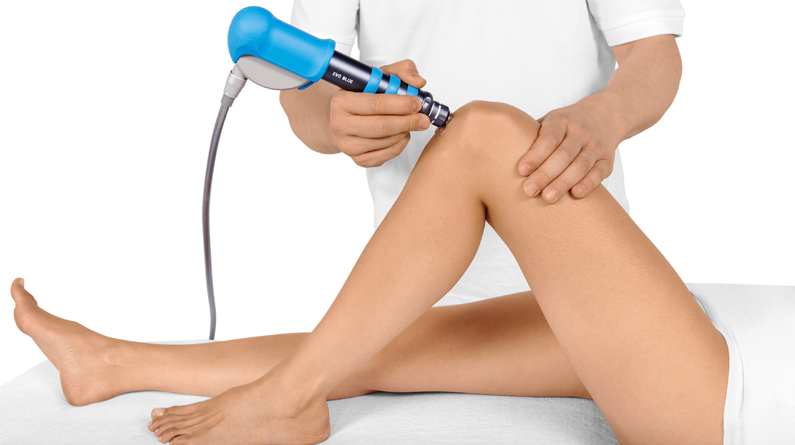
Revolutionizing Patient Care with Shock Wave Therapy Shock Wave Therapy (SWT), known for its high-energy sound wave application, has been a game-changer in the medical field, particularly in treating tissue injuries and promoting repair. Initially introduced in the early 1980s for noninvasive kidney stone removal, the technology, known as lithotripsy, has since evolved. Over the years, researchers have broadened its application to include both musculoskeletal and neurological conditions.
Focused vs. Radial Shock Wave Therapy SWT comes in two forms: focused and radial. Focused SWT channels sound waves in a narrow pattern, whereas radial SWT disperses these waves more broadly. This divergence in wave transmission has expanded the therapy’s applicability to a wider range of medical conditions.
Therapeutic Potential of SWT Throughout the 1990s and early 2000s, numerous studies pointed to the potential of SWT as a therapeutic tool. It was found effective in alleviating pain and aiding the healing process in bones, tendons, ligaments, and fascia for musculoskeletal disorders, as well as reducing spasticity in neurological disorders.
Insights from Dr. Michael C. Wainberg Dr. Michael C. Wainberg, a physiatrist at the Mayo Clinic, Rochester, Minnesota, discusses SWT’s application in physical medicine and rehabilitation. His insights reveal an expanding interest among professionals in using radial SWT to treat both musculoskeletal and neurological disorders. This technique has shown promise in treating tendinopathies, bone defects, and both delayed and nonunion fractures.
The Mechanics of Radial SWT Radial SWT operates by propelling a projectile at high speeds through a tube, impacting a metal applicator on the patient’s skin. This process converts kinetic energy into a radial shock wave, penetrating tissues up to 4-5 cm deep.
Expanding SWT Applications SWT’s potential extends to a variety of conditions, including shoulder and hamstring tendinopathies, knee osteoarthritis, fracture nonunions, and neurological spasticity from conditions like stroke and multiple sclerosis. However, not all applications are FDA-approved or covered by insurance plans.
Research Highlights Studies published in reputable medical journals have underscored the efficacy of SWT. For instance, a 2005 Europa Medicophysica study showed reduced pain and functional impairment in patients with lateral epicondylitis treated with radial SWT. Similarly, research on stroke-related spasticity and multiple sclerosis spasticity has shown promising results in terms of symptom reduction.
Dr. Wainberg on SWT’s Future Dr. Wainberg believes that while existing data are encouraging, further research is necessary to understand SWT’s mechanisms of action fully, determine optimal wave characteristics, and establish appropriate dosing. This research will be pivotal in developing treatment protocols and guidelines for various patient groups.
Safety and Contraindications SWT is generally safe, with minor adverse effects like temporary discomfort or skin redness. However, rare severe effects can occur, such as tendon rupture. Certain conditions, like pregnancy or existing tumors, render SWT inappropriate.
The progression of SWT in treating musculoskeletal and neurological conditions marks a significant stride in medical technology. With ongoing research, its role in patient care continues to evolve, offering new hope for those suffering from a variety of ailments.
